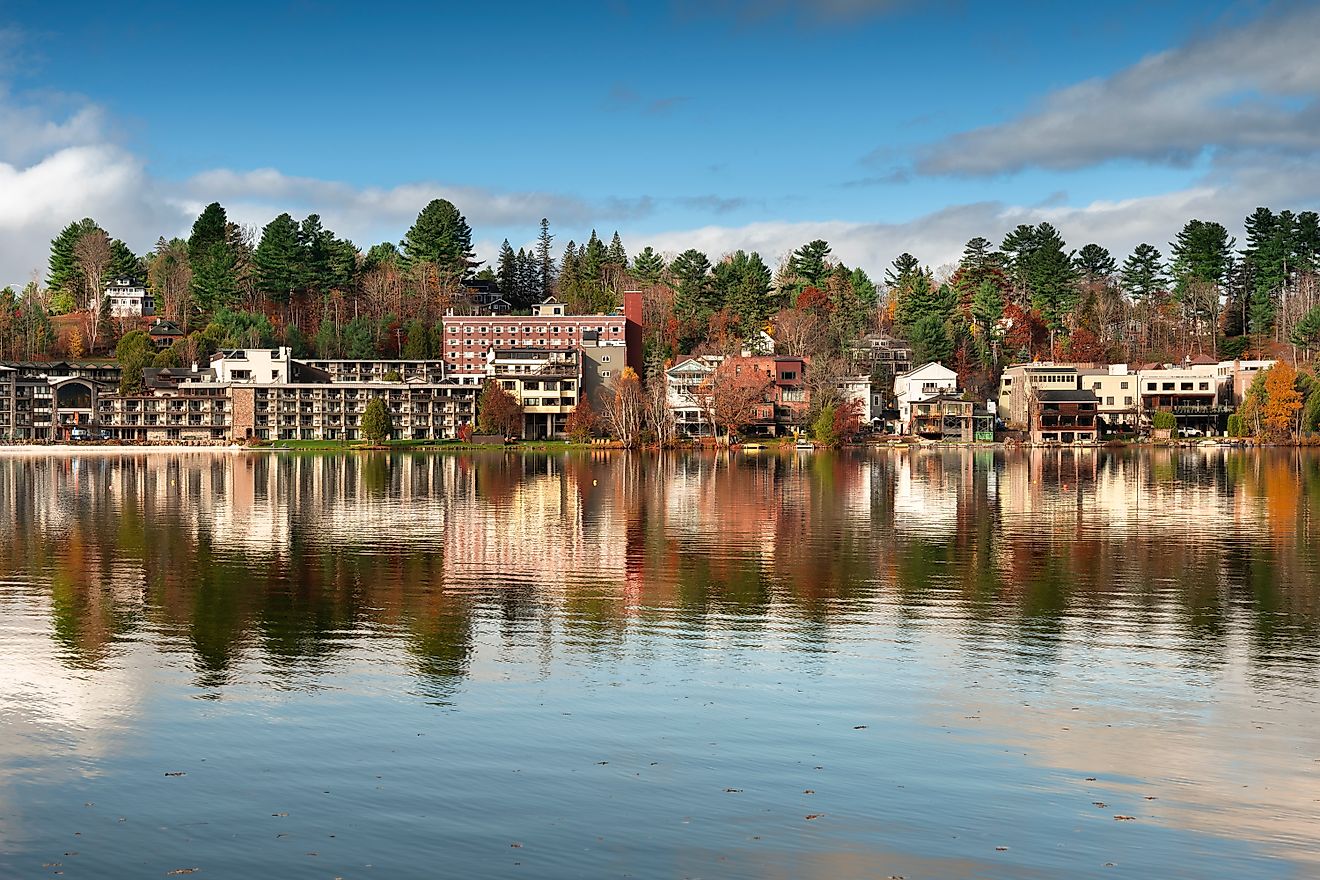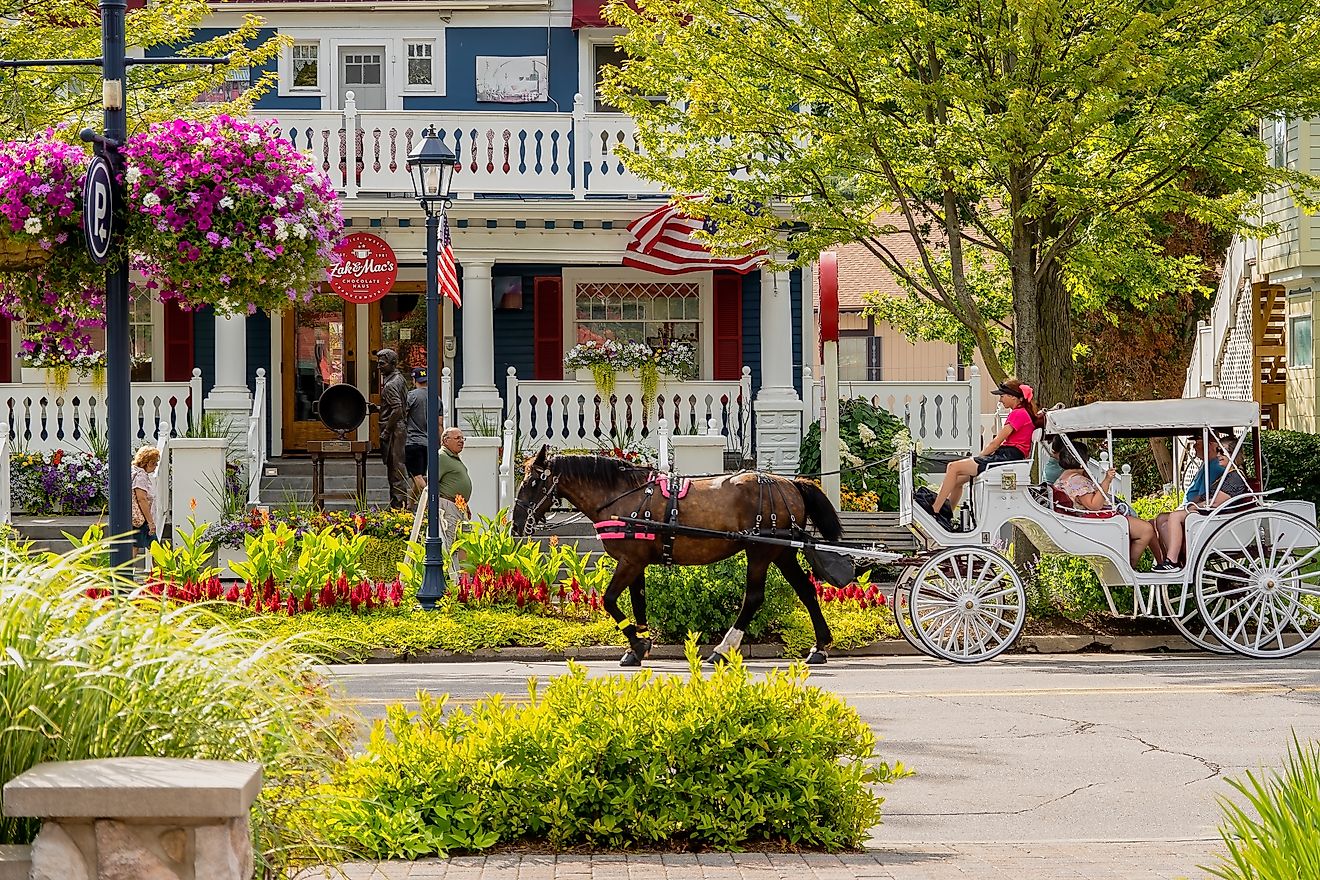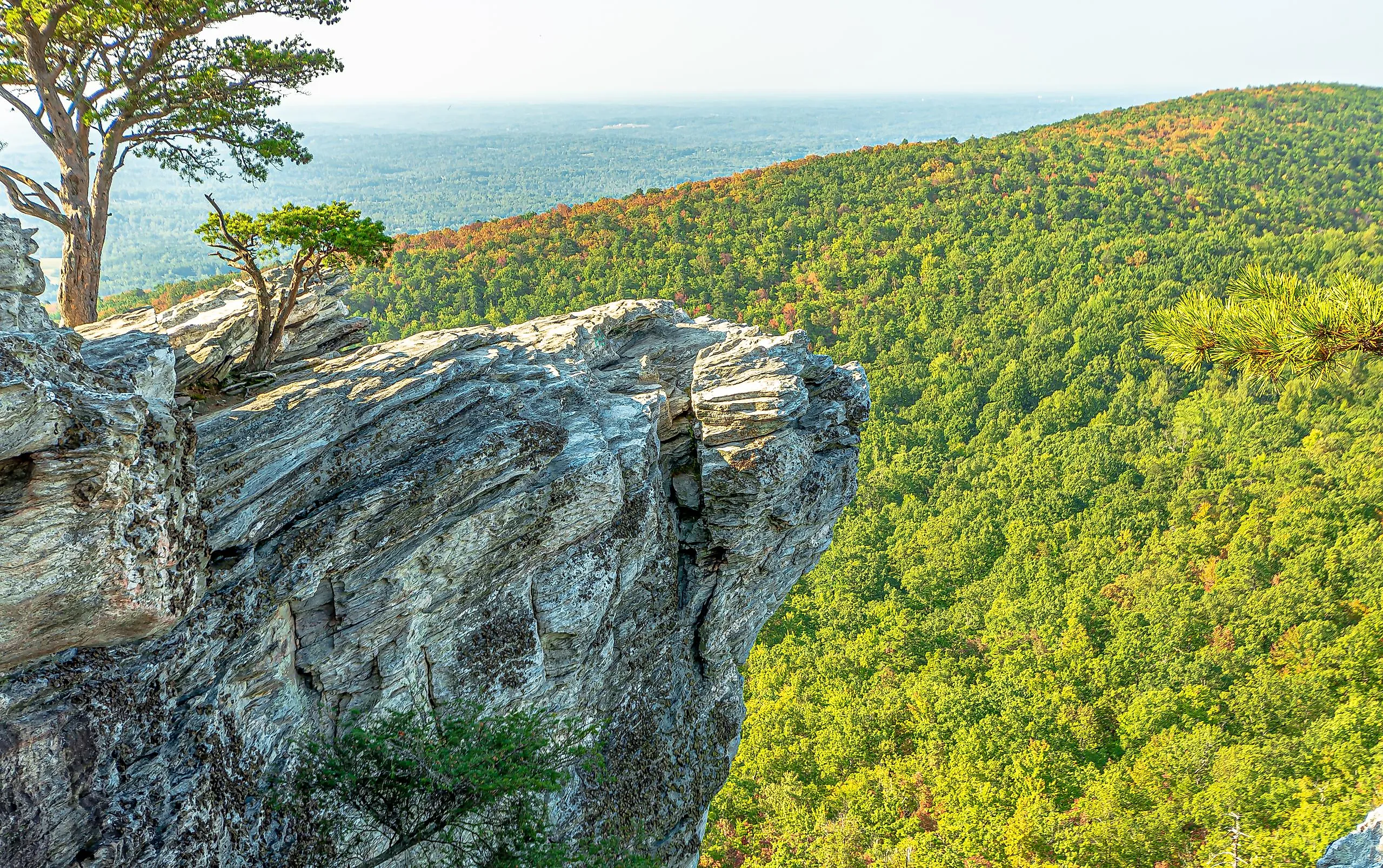
6 National & State Parks In North Carolina You Have To Visit
From the Great Smoky Mountains to the shores of the mighty Atlantic Ocean, North Carolina encompasses one of the most diverse landscapes in the U.S. Outside of major cities like Charlotte, Asheville, and Wilmington, this state has a surprisingly vast amount of rural space, much of it still preserving a number of its woodlands, mountain ranges, and other vital ecosystems.
Besides their ecological importance, many of these places are quite scenic, doubling as popular tourist attractions and recreational areas. With that, here are six local state and national parklands that we highly recommend, whether you're looking to hike, camp, rock climb, or simply go on a sightseeing adventure.
Great Smoky Mountains National Park
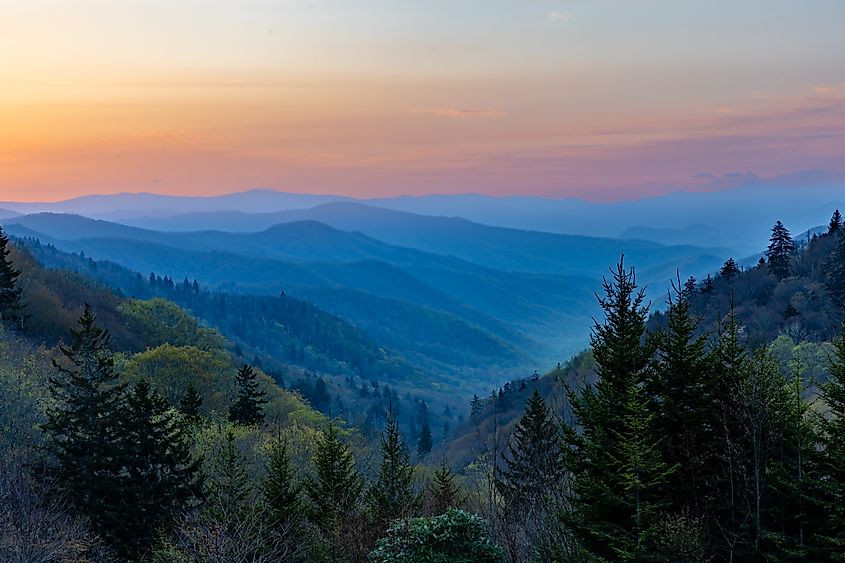
This world-renowned park covers a significant stretch of western North Carolina and is famous for its broad range of pristine natural habitats. Here, you will find countless high-elevation viewpoints, lush hardwood forests, and a concentration of wildlife that includes healthy populations of black bears, migratory birds, and a huge variety of amphibians like river-dwelling salamanders and tree frogs.
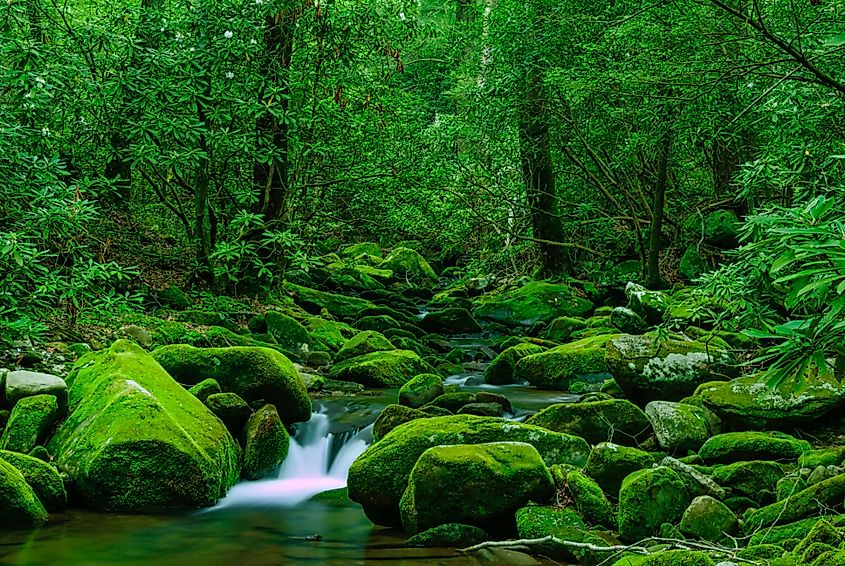
The Smoky Mountains' extensive trail systems allow for all sorts of day hikes and longer backcountry routes, each showing a different part of the region’s terrain, whether you wish to skirt a river or summit a mountain. Overall, for a broad overview of Appalachian ecology, this is one of the most comprehensive destinations in the state.

The Oconaluftee area within the park functions as an ideal starting point for most newcomers, with a visitor center, a farming museum, and access to a handful of trails leading into the surrounding ridges. Moreover, Kuwohi (formerly Clingmans Dome), the highest point in the park, boasts a lofty observation tower with especially clear views (if the region's often rainy weather cooperates). Speaking of, more water-focused sites such as Deep Creek add additional variety of stuff to do, with its own established loop trails leading to several notable waterfalls and cascades to be discovered along the way.
Pilot Mountain State Park
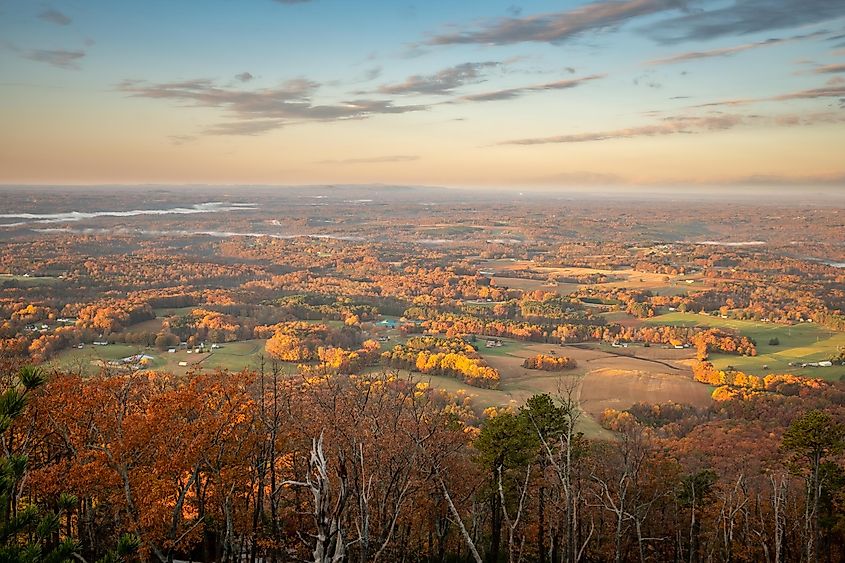
Pilot Mountain State Park centers on a quartzite peak that rises sharply above the surrounding Piedmont. The park’s main overlook, accessible by a short road and paved path, gives a unobstructed view of Sauratown Mountain and the verdant, rolling farmland around it, serving as the main draw for most who drive out to this deeply rural location. The summit area also includes a network of trails that vary in difficulty, including routes that circle the base of the Big Pinnacle and longer paths that link to the Yadkin River section of the park.
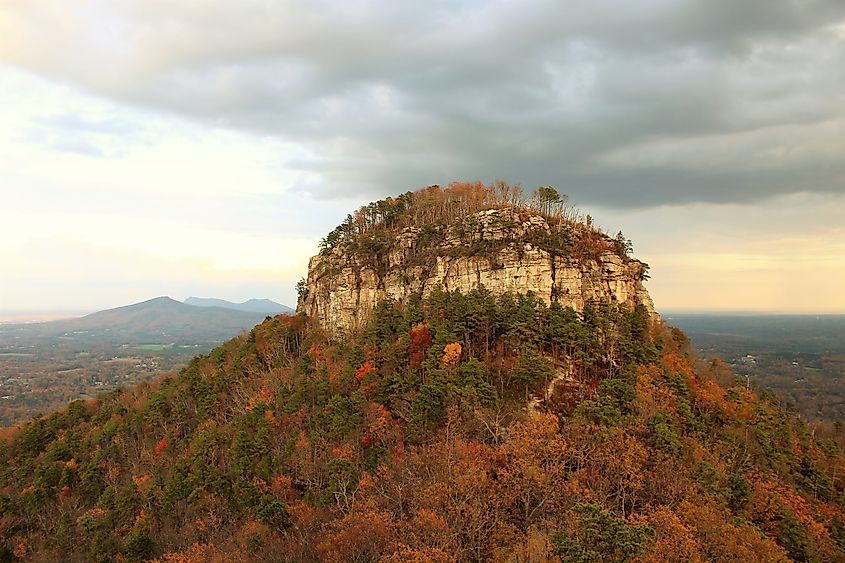
Rock climbing is permitted in designated zones as well, leading to the cliffs here becoming a controlled hotspot for technical routes over the last few decades. On the other hand, the lower portion of the park provides abundant space for river access (featuring a corridor favored by paddlers traveling the Yadkin) and quiet picnic areas.
While getting around, whether on foot or on the water, keep your eyes open for the area's distinct plant communities, many of which transform quickly with the sheer changes in elevation in the park. Moving from oak/hickory forests at the base to more exposed, shrub-dominated slopes near the top, Pilot Mountain is certainly an attraction for plant lovers and outdoor adventurers alike. Moreover, tons of signage and well-maintained facilities make the destination an idyllic getaway for both short visits and full-day outings.
Carolina Beach State Park

Carolina Beach State Park contains one of the most varied coastal environments along the Atlantic seaboard, with habitats ranging from tidal marshes to sandy uplands shaped by the Cape Fear River. Probably best known to nature enthusiasts for its population of Venus flytraps, which grow naturally along the aptly named Flytrap Trail and several other nearby wetland pockets, it is also a hotspot for summer vacationers looking to spend some quality time on the waves.
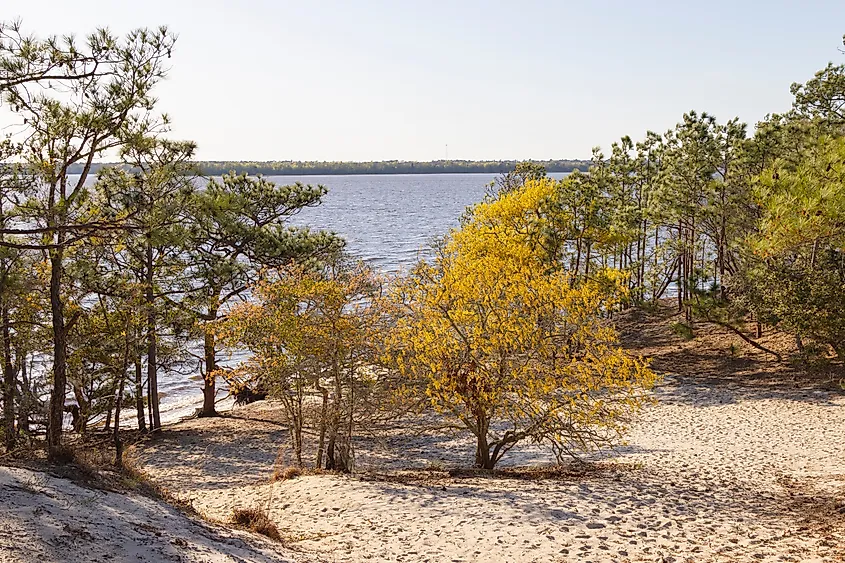
The local marina and boat ramp serve as practical entry points for anglers and paddlers on the river, where changing tides influence both water conditions and wildlife activity. Additionally, the Sugarloaf Dune, an inland sand ridge rising above the surrounding flats, acts as a popular reference point for navigation and provides a stable overlook near the river for those who prefer to stay on land.
For more ground-based activities, a web of trails meanders through the park's pine forests, pocosin edges, and brackish marshes, giving you a chance to observe multiple of its ecosystems up close within a somewhat compact area. To add to this, various family-friendly educational programs at the visitor center focus on coastal geology, local plantlife, and the region’s almost constantly shifting shoreline just south of Wilmington's contrastingly busy city streets.
Mount Mitchell State Park

Mount Mitchell State Park centers on its namesake mountain, the highest peak in the eastern United States at 6,684 feet. Its elevation creates a remarkably cool landscape of boreal-like forests more typical of latitudes in New England or even Canada, giving the area a distinct ecological profile within this otherwise southern state.
A paved path leads from the main parking area to the summit observation platform. Note that visibility here can shift quickly with changing weather patterns, so don't be too surprised if rain clouds block your views for a time. A museum at the summit also outlines the mountain’s geography and the early scientific surveys that took place in the park, giving you the inside scoop on the natural forces that have shaped this region for eons.
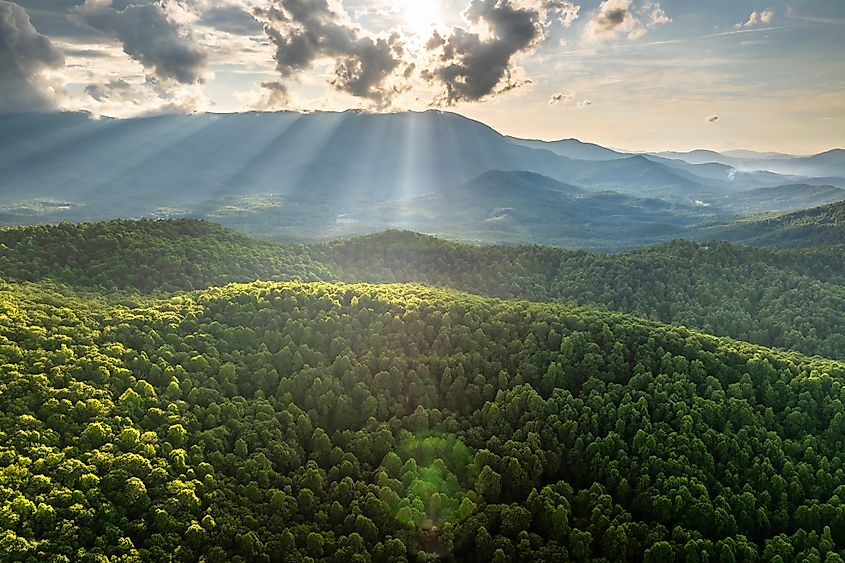
For a deeper dive into the park's rugged terrain, an extensive trail system here houses routes that descend steeply into surrounding valleys, allowing you to better see the wildlife dwelling in the region's dense Appalachian forests. However you choose to explore, this is an easily accessible, must-visit spot for state "highpointers" passing through North Carolina, and an almost untouched slice of wilderness for those simply looking to escape into nature for a while.
Hanging Rock State Park

Hanging Rock State Park presents another awe-inspiring cross-section of the Sauratown Mountains, with its rocky ridges, numerous waterfalls, and lakes arranged within. The main trail to the namesake Hanging Rock leads to an exposed cliff that rewards you with a broad view of the Piedmont plateau beyond, a worthwhile activity if you wish to truly experience the beauty of this area. Additional routes branch toward Moore’s Wall and Cook’s Wall, two high points marked by sheer rock faces and hardy plant communities shaped by thin soils and steady wind.

The eastern portion of the park notably contains five waterfalls, each reachable by fairly easy walks that pass through old hardwood forests that are particularly beautiful in autumn. Whichever way you decide to go, the area is, as mentioned, a renowned hotspot for leaf peeping in the fall, a season that also brings much more favorable weather conditions if you prefer to hike in cooler weather.

In the warmer months, however, a small lake near the visitor center is the place to go for swimming and paddling, while nearby seating areas and a campground provide basic amenities for multi-day stays. Rock climbing is also allowed in designated sections of Moore’s Wall under regulated conditions.
Nantahala National Forest

Nantahala National Forest preserves yet another broad stretch to the far western end of North Carolina, containing some of the state’s most wild and varied mountain terrain. Local elevations range from deep river gorges to high peaks above 5,000 feet, creating a wide mix of natural habitats that has been divided into three districts, each with its own distinct features.
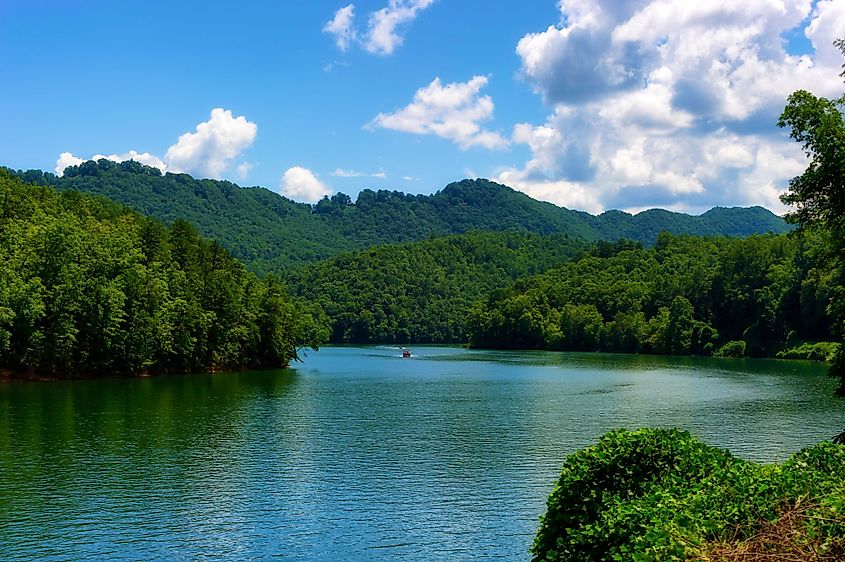
The Nantahala River is one of the region’s major recreation corridors, renowned as a top-tier destination in North Carolina for whitewater rafting, riverside hiking, and great views of the gorge's steep canyon walls. On the other hand, the Joyce Kilmer Memorial Forest presides over an old-growth hardwood forest, containing a loop trail that passes towering tulip poplars and dense understory vegetation. Farther south, Whiteside Mountain provides another well-marked route to a sheer cliff face with high-up views of the surrounding plateau.
Numerous access points on Lake Nantahala and the Little Tennessee River further support activities like fishing, swimming, and boating. Because of its size and elevation range, the forest also functions as a draw for backcountry backpackers looking to truly get off grid with its dispersed (and usually free) camping areas dotted throughout.
See the Beauty of North Carolina's Wildlands
North Carolina’s state and national park systems span ocean coastlines, river valleys, lofty mountain peaks, and untouched forest preserves, allowing outdoor adventurers to potentially see this state’s full range of diverse environments in a single trip. Each of the recommended destinations above introduces a different combination of landforms, climates, and native species, with countless trails and modern facilities that make exploration practical for all.
Whether you're in need of a quick escape from city life or are embarking on an extended trip into the South's more remote locales, there should be something here for everyone to appreciate, regardless of the season.







